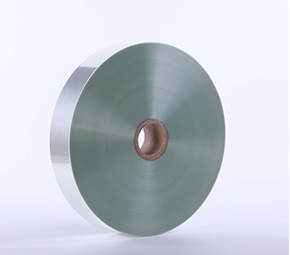When it comes to aluminum, people always think of “high energy consumption” – the average production of 1 ton of primary aluminum consumes about 12,000 kWh. But people don't know, because aluminum has many excellent properties such as light weight, corrosion resistance, easy processing, and recyclability. In the process of use and the entire life cycle, it is actually a green metal that saves energy and reduces emissions. Aluminum is also known as "Metals that never die."
Since aluminum is extremely resistant to corrosion and does not rust, it can theoretically be recycled for recycling, and there is no difference in the quality performance of recycled aluminum and primary aluminum. Since the beginning of the production of aluminum products in 1886, a total of 761 million tons of aluminum has been produced worldwide. Today, more than one hundred years later, 529 million tons of aluminum are still in use, and global recycled aluminum can reduce carbon emissions by more than 100 million tons per year. . Moreover, when aluminum is recycled, its energy consumption is only 5% of the initial processing energy consumption, which can be described as “life-saving energy saving”.
The price is only one-third of that of copper. The proportion of aluminum is only one-third of that of steel. It is an important raw material for consumer goods manufacturing, raw material manufacturing and equipment manufacturing. In 124 domestic industrial sectors, 113 sectors are involved in aluminum. The industry correlation degree of aluminum is as high as 91%, which is one of the industries with high social contribution rate in China's non-ferrous metal industry. From space to catering, from cars to cables, aluminum is increasingly becoming the “all-round champion” in the materials industry.
Aluminum foil is an indispensable part of our life. The range of applications is wide: food packaging, pharmaceutical packaging, industrial packaging, daily packaging, etc., to make our lives safe and secure.





